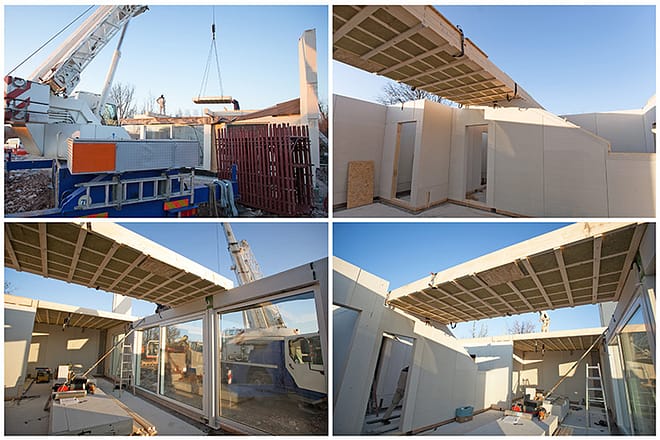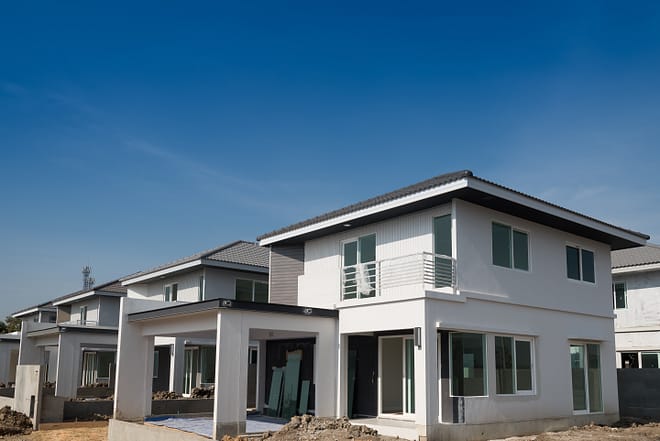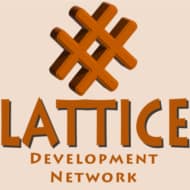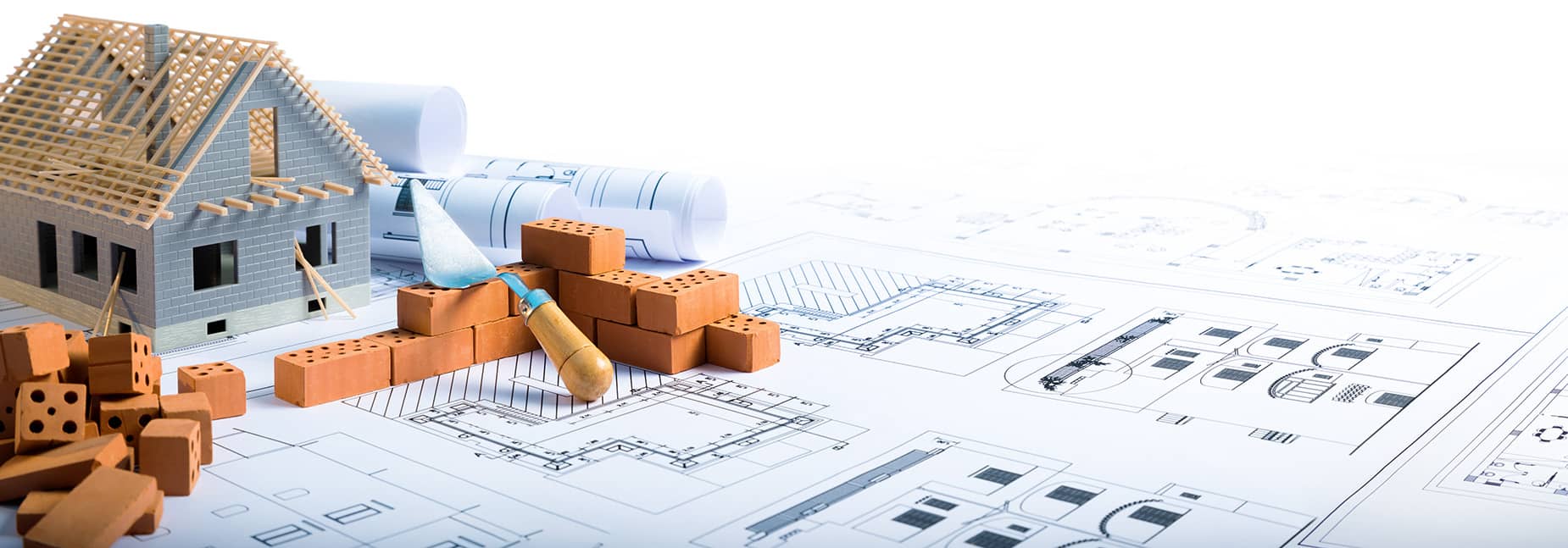Workforce Housing Co-ops
Making Affordable Homes Through Cooperative Development

Our Mission
Located in the heart of Weld County, Colorado, LATTICE DEVELOPMENT NETWORK is a 501(c)3 nonprofit development organization whose mission is to make quality housing available and affordable to all. Through co-op housing, teamwork and community involvement, we aim to provide sustainable solutions, helping individuals and families build stable and prosperous lives.
Located in the heart of Weld County, Colorado, LDN is dedicated to tackling the pressing issue of affordable housing. Recognizing the need for accessible and secure housing, we work to provide sustainable solutions that empower individuals and families to build stable lives. Through collaborative efforts and community engagement, we strive to create a positive impact on housing accessibility and affordability.
Current Project
Development of 300-unit Workforce Housing Cooperative in Weld County, Colorado
Objective:
Develop a cooperative housing project in Weld County, Colorado, to provide affordable housing for up to 300 families earning 80% of the annual median income; fostering the community, and supporting workforce development.
Introduction:
Cooperative housing offers a unique approach to affordable living, where residents collectively own and manage the property. This proposal outlines the establishment of a cooperative housing project in Weld County, addressing the critical need for affordable housing for working families.
Benefits of Cooperative Housing:
1. Affordability: Cooperative housing allows residents to share costs, making homeownership more accessible.
2. Community Engagement: Residents actively participate in decision-making, fostering a strong sense of community.
3. Stability: Cooperative housing provides long-term stability, supporting families in achieving their home-ownership goals.

Types of Cooperative Housing:
1. Limited Equity Cooperatives (LEC): Residents benefit from limited appreciation, maintaining affordability over time.
2. Market-Rate Cooperatives: Operate similarly to traditional housing markets, but with resident governance.
3. Group Equity Cooperatives: Residents jointly own and manage the property, sharing responsibilities and benefits.
Current Cooperative Housing Landscape:
In 2020, the United States boasted as many as 1 million cooperative housing units.* Since then, thousands of units were added as this model has gained popularity due to its affordability and community-centric approach.
Project Overview:
1. Location: Identify a suitable site in Weld County, considering proximity to workplaces, schools, and amenities.
2. Unit Design: Develop plans for between 100 to 300 units, ensuring a mix of housing types to accommodate diverse family needs.
3. Affordability Criteria: Establish eligibility criteria based on 80% of the area median income.
4. Community Spaces: Integrate communal areas for meetings, events, and recreational activities to enhance community bonding.
Prefab Housing Construction:
Standardized, prefabricated housing units will lower per-unit construction cost while insuring quality control. A production facility will be Incorporated as part of the coop to produce the housing units, provide job training and employment.
Funding and Partnerships:
Seek funding through a combination of public-private partnerships, grants, and low-income housing tax credits to ensure financial feasibility.

Timeline:
1. Feasibility Study: 1st half of 2024
2. Site Selection: 2nd half of 2024
3. Design and Planning: January – December 2024
4. Fundraising: 2024-2025
5. Construction: 2025-2026
6. Occupancy: 2027
Conclusion:
This cooperative housing project aims to address the pressing need for affordable housing in Weld County. Through collaboration with stakeholders and adherence to cooperative principles, this initiative can positively impact the lives of working families, fostering a strong and supportive community.
* The Community Association Fact Book 2020


